Home>Furniture & Design>Bathroom Accessories>What Are The Parts Of A Bathtub
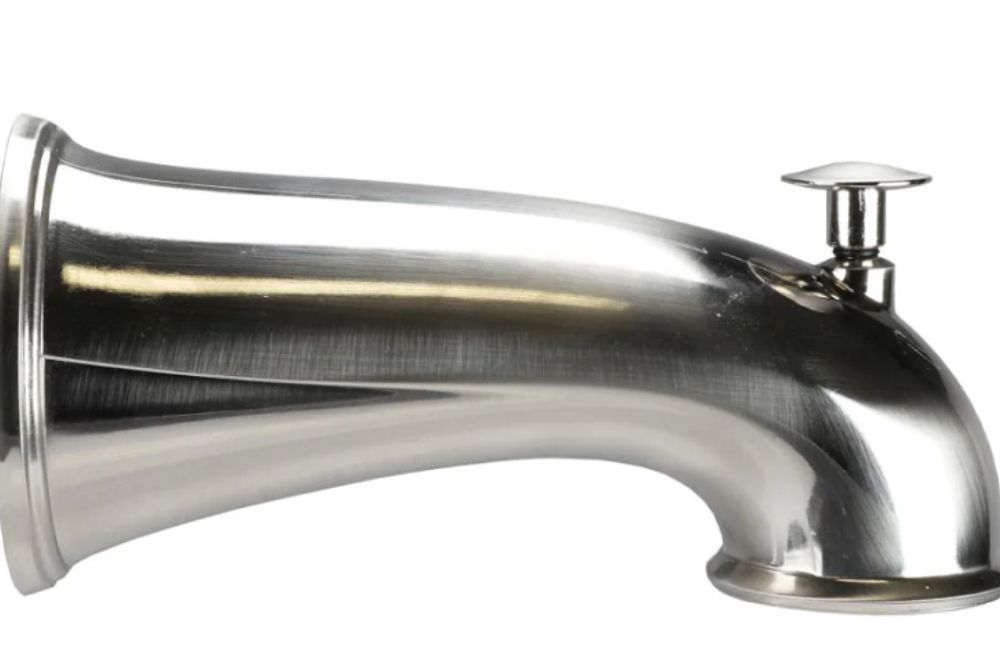

Bathroom Accessories
What Are The Parts Of A Bathtub
Modified: March 6, 2024
Discover the essential parts of a bathtub and bathroom accessories to create a functional and stylish space. Explore the key components for your ideal bathroom design.
(Many of the links in this article redirect to a specific reviewed product. Your purchase of these products through affiliate links helps to generate commission for Storables.com, at no extra cost. Learn more)
Introduction
A bathtub is not just a functional fixture in a bathroom; it's a sanctuary for relaxation and rejuvenation. Whether you prefer a quick, invigorating shower or a long, indulgent soak, the bathtub is an essential element of any modern bathroom. Understanding the various parts that make up a bathtub can provide valuable insight into its functionality and maintenance.
From the sleek, modern designs to the timeless, classic styles, bathtubs come in a wide range of shapes, sizes, and materials, catering to diverse preferences and spatial constraints. However, regardless of the specific design, all bathtubs share common components that contribute to their overall functionality and performance.
In this comprehensive guide, we will delve into the essential parts of a bathtub, shedding light on their individual roles and significance. By gaining a deeper understanding of these components, you will be better equipped to make informed decisions when selecting, installing, and maintaining a bathtub in your home.
So, let's embark on a journey through the inner workings of a bathtub, exploring the intricate details that contribute to its form and function. From the fundamental structure to the intricate mechanisms that facilitate water flow and drainage, each component plays a crucial role in ensuring a seamless and enjoyable bathing experience. Join us as we unravel the mysteries of the bathtub, uncovering the hidden gems that make this everyday fixture a source of comfort and tranquility.
Key Takeaways:
- The bathtub is made up of essential parts like the tub, drain, faucet, overflow drain, and handles/controls, each contributing to a relaxing bathing experience. Understanding these components helps in selecting, installing, and maintaining a bathtub.
- The tub, drain, faucet, overflow drain, and handles/controls are crucial for a functional and safe bathtub. They offer a variety of shapes, materials, and features to enhance the bathing space, making it a sanctuary for relaxation and rejuvenation.
Read more: What Is A Bathtub?
Bathtub Structure
A bathtub is more than just a basin for holding water; it is a complex structure comprising several essential components that work together to provide a relaxing and functional bathing experience. Understanding the intricate structure of a bathtub is crucial for homeowners, plumbers, and anyone involved in the installation or maintenance of this indispensable bathroom fixture.
-
Tub: The tub itself is the central and most prominent part of the bathtub structure. It comes in various shapes, including alcove, freestanding, corner, and drop-in, catering to different bathroom layouts and design preferences. The material of the tub, such as acrylic, fiberglass, porcelain-enameled steel, or cast iron, significantly impacts its durability, heat retention, and overall aesthetic appeal.
-
Drain: The drain is a vital component that enables the efficient removal of used water from the bathtub. It consists of a drain opening, drain shoe, and drain pipe, all working in unison to ensure proper water drainage. A well-maintained and functional drain is essential for preventing water accumulation and potential damage to the surrounding flooring and walls.
-
Faucet: The faucet, or filler, is responsible for delivering a controlled flow of water into the bathtub. It comprises a spout, handles, and valves, allowing users to adjust the water temperature and flow rate according to their preferences. Modern bathtubs often feature stylish and ergonomic faucet designs, enhancing both the visual appeal and user experience.
-
Overflow Drain: The overflow drain serves as a crucial safety feature, preventing the bathtub from overflowing when the water level rises above a certain point. It is typically located beneath the faucet and connects to the main drain, providing an additional outlet for excess water to exit the tub. This component offers peace of mind to bathers, ensuring that water levels remain within safe limits.
-
Handles and Controls: Many bathtubs are equipped with handles and controls that facilitate the operation of features such as the showerhead, diverter, and water jets. These components allow users to switch between bathing and showering modes, adjust water flow patterns, and personalize their bathing experience according to their preferences.
Understanding the intricate structure of a bathtub is crucial for homeowners, plumbers, and anyone involved in the installation or maintenance of this indispensable bathroom fixture. Each component plays a vital role in ensuring the functionality, safety, and comfort of the bathtub, making it a focal point of relaxation and rejuvenation in any home.
Tub
The tub is the central and most prominent part of the bathtub structure, serving as the vessel for holding water during bathing. It comes in a variety of shapes, sizes, and materials, allowing homeowners to choose a design that complements their bathroom aesthetics and meets their functional requirements. From classic alcove tubs to luxurious freestanding models, the tub plays a pivotal role in defining the overall look and feel of the bathing space.
When it comes to materials, modern tubs are commonly crafted from acrylic, fiberglass, porcelain-enameled steel, or cast iron, each offering unique benefits in terms of durability, heat retention, and maintenance. Acrylic tubs are lightweight, easy to clean, and available in a wide range of shapes and colors, making them a popular choice for contemporary bathrooms. Fiberglass tubs are known for their affordability and versatility, while porcelain-enameled steel tubs boast exceptional durability and resistance to chipping and scratching. On the other hand, cast iron tubs exude timeless elegance and superior heat retention, making them a luxurious option for those seeking a classic touch in their bathroom.
In addition to material considerations, the shape and installation type of the tub are crucial factors to consider. Alcove tubs are designed to fit into a three-wall enclosure, making them ideal for compact bathrooms and shower/tub combinations. Freestanding tubs, on the other hand, create a striking focal point in larger bathrooms, offering a sense of luxury and spaciousness. Corner tubs are specifically crafted to maximize space utilization in smaller bathrooms, while drop-in tubs provide flexibility in terms of installation and customization.
Furthermore, the depth and contour of the tub play a significant role in enhancing the bathing experience. Deeper tubs offer a more immersive and relaxing soak, allowing bathers to fully submerge and unwind after a long day. Some tubs feature ergonomic designs with contoured edges and built-in armrests, providing added comfort and support during extended bathing sessions.
Ultimately, the tub serves as the foundation of the bathing experience, combining functionality, aesthetics, and comfort to create a space where relaxation and rejuvenation converge. Whether it's a sleek, modern acrylic tub or a timeless cast iron centerpiece, the tub remains an essential element of any bathroom, offering a sanctuary for personal wellness and tranquility.
Drain
The drain is a fundamental component of a bathtub, playing a crucial role in facilitating the efficient removal of used water. Comprising a drain opening, drain shoe, and drain pipe, this essential mechanism ensures that water is effectively and swiftly drained from the tub, preventing potential issues such as standing water, mold growth, and damage to the surrounding flooring and walls.
A well-maintained and functional drain is essential for maintaining a hygienic and safe bathing environment. Over time, debris, hair, and soap scum can accumulate within the drain, leading to clogs and impeding water flow. Regular cleaning and maintenance of the drain are necessary to prevent such issues and ensure optimal drainage performance.
In addition to the primary drain, some bathtubs may feature a secondary drain, often referred to as a "pop-up" or "stopper" mechanism. This secondary drain allows users to retain water in the tub for extended soaking sessions, providing added convenience and flexibility in controlling water levels.
When it comes to drain materials, durable and corrosion-resistant options such as PVC, ABS, or metal are commonly used to ensure longevity and reliability. Proper installation and sealing of the drain components are essential to prevent leaks and water damage, safeguarding the structural integrity of the bathtub and the surrounding area.
Furthermore, the design and placement of the drain play a significant role in optimizing water drainage and preventing potential overflow. The positioning of the drain relative to the tub's contours and slope influences the efficiency of water removal, ensuring that the tub can be emptied quickly and completely after each use.
In summary, the drain is a vital element of the bathtub, contributing to the functionality, cleanliness, and safety of the bathing space. By understanding the intricacies of the drain system and implementing regular maintenance practices, homeowners can ensure a seamless and enjoyable bathing experience while preserving the longevity of their bathtub and its surrounding environment.
When identifying the parts of a bathtub, it’s important to know the main components: the tub itself, the drain, the overflow, the faucet, and the handles or knobs for controlling the water temperature and flow.
Faucet
The faucet, also known as the filler, is a pivotal component of the bathtub, responsible for delivering a controlled flow of water into the tub. It comprises a spout, handles, and valves, allowing users to adjust the water temperature and flow rate according to their preferences. The faucet not only serves a functional purpose but also contributes to the overall aesthetic and user experience within the bathing space.
Modern bathtubs often feature stylish and ergonomic faucet designs, enhancing both the visual appeal and user experience. From sleek, minimalist styles to ornate, vintage-inspired fixtures, the faucet serves as a focal point, adding a touch of elegance and sophistication to the bathtub area. The choice of faucet design can significantly impact the overall ambiance of the bathroom, complementing the existing decor and reflecting the homeowner's personal style.
When selecting a faucet for a bathtub, homeowners have the option to choose from various types, including wall-mounted, deck-mounted, and freestanding models. Wall-mounted faucets are affixed to the wall above the tub, creating a clean and streamlined look while maximizing the available space around the tub. Deck-mounted faucets, on the other hand, are installed directly onto the bathtub or its surrounding deck, offering a versatile and integrated solution for water delivery. Freestanding faucets stand independently near the tub, making a bold design statement and providing flexibility in terms of placement and configuration.
In addition to the aesthetic considerations, the functionality and performance of the faucet are paramount. The valves and handles of the faucet enable users to regulate the water temperature and flow, ensuring a comfortable and customized bathing experience. Many modern faucets are equipped with advanced features such as thermostatic controls, which maintain a consistent water temperature, and pressure-balancing valves, which prevent sudden fluctuations in water flow, enhancing safety and comfort for bathers.
Furthermore, the material and finish of the faucet play a crucial role in its durability and visual appeal. Common materials for faucet construction include brass, stainless steel, and chrome-plated alloys, each offering unique benefits in terms of corrosion resistance and longevity. The choice of finish, whether polished chrome, brushed nickel, or oil-rubbed bronze, can complement the overall bathroom decor and contribute to a cohesive and harmonious design scheme.
Ultimately, the faucet serves as a bridge between functionality and style, elevating the bathing experience while adding a touch of sophistication to the bathroom. By carefully considering the design, functionality, and material of the faucet, homeowners can enhance the visual appeal and usability of their bathtub, creating a space that seamlessly combines form and function.
Read more: What Are The Parts Of A Recliner
Overflow Drain
The overflow drain is a critical safety feature integrated into bathtubs, serving as a safeguard against potential water overflow. Positioned beneath the faucet and connected to the main drain, the overflow drain acts as a secondary outlet, ensuring that water levels remain within safe limits during bathing. This essential component provides peace of mind to bathers, preventing the risk of accidental flooding and water damage in the bathroom.
The design of the overflow drain typically consists of a small opening or series of openings located near the top rim of the bathtub. When the water level rises above a certain point, the overflow drain effectively redirects the excess water through a separate pipe, allowing it to flow into the main drain and exit the tub. This mechanism prevents water from spilling over the edge of the tub, mitigating the potential for slips, falls, and property damage.
In addition to its primary function as a safety feature, the overflow drain contributes to the overall efficiency of the bathtub's drainage system. By providing an alternate pathway for excess water to exit the tub, it helps maintain optimal water levels and prevents the inconvenience of having to manually adjust the faucet or drain during the bathing process.
The construction and placement of the overflow drain are carefully engineered to ensure seamless functionality and durability. It is essential for the overflow drain to be securely sealed and integrated into the bathtub structure, preventing leaks and maintaining its effectiveness in preventing overflow incidents. The positioning of the overflow drain relative to the faucet and main drain is strategically planned to optimize its performance and ensure that it effectively intercepts rising water levels.
Furthermore, the aesthetic impact of the overflow drain should not be overlooked. While primarily a functional component, the design and finish of the overflow drain can contribute to the overall visual appeal of the bathtub. Many modern bathtubs feature stylish and discreet overflow drain designs that seamlessly blend into the tub's contours, enhancing the clean and cohesive look of the bathing space.
In summary, the overflow drain is an indispensable element of the bathtub, providing both safety and practical benefits. By effectively managing water levels and preventing potential overflow, this essential component ensures a worry-free and enjoyable bathing experience, allowing users to immerse themselves in relaxation and tranquility without concerns about water spillage or safety hazards.
Handles and Controls
Handles and controls are integral components of a bathtub, offering users the ability to customize their bathing experience and seamlessly transition between different modes of water delivery. These elements play a crucial role in enhancing convenience, safety, and functionality within the bathing space, allowing individuals to personalize their bathing routines according to their preferences.
The handles, often referred to as faucet handles or shower handles, provide a means for users to adjust water temperature and flow. Whether it's a traditional knob-style handle, a lever handle, or a sleek cross-handle design, the ergonomic and intuitive nature of these controls ensures that users can easily achieve their desired water settings. The tactile feedback and smooth operation of the handles contribute to a user-friendly experience, allowing for precise adjustments and enhancing overall comfort during bathing.
In addition to the faucet handles, many bathtubs are equipped with controls that govern additional features such as the showerhead, diverter, and water jets. These controls enable users to switch between bathing and showering modes, directing water flow to the desired outlet and activating supplementary functions for a customized bathing experience. The seamless integration of these controls into the bathtub design ensures a cohesive and streamlined appearance, complementing the overall aesthetic of the bathing space.
Furthermore, the placement and accessibility of handles and controls are carefully considered to optimize user convenience and safety. Whether mounted on the bathtub rim, integrated into the wall, or incorporated into a freestanding fixture, the positioning of these elements is designed to facilitate effortless operation while minimizing the risk of accidental adjustments or obstructions during bathing.
Modern advancements in bathtub technology have introduced innovative features such as digital interfaces and touch-sensitive controls, offering a contemporary and sophisticated approach to managing water settings and auxiliary functions. These cutting-edge control systems provide users with enhanced precision and customization, elevating the bathing experience to new levels of comfort and luxury.
Ultimately, handles and controls serve as the gateway to a tailored and enjoyable bathing experience, empowering users to effortlessly adjust water parameters and access supplementary features with ease. By seamlessly integrating these elements into the bathtub design and embracing technological advancements, homeowners can create a bathing space that harmoniously blends practicality, comfort, and modern sophistication.
Conclusion
In conclusion, the bathtub is a multifaceted fixture that encompasses a myriad of essential components, each contributing to its functionality, safety, and aesthetic appeal. From the central tub structure to the intricate mechanisms of the drain, faucet, overflow drain, and handles/controls, every part plays a pivotal role in shaping the bathing experience and ensuring a seamless and enjoyable ritual of relaxation and rejuvenation.
The tub, as the focal point of the bathtub, offers a diverse array of shapes, sizes, and materials, catering to individual preferences and spatial constraints. Whether it's the classic elegance of a cast iron tub or the contemporary versatility of an acrylic model, the tub serves as a vessel for personal wellness and tranquility, embodying both form and function within the bathing space.
The drain, often overlooked yet indispensable, facilitates the efficient removal of used water, safeguarding the cleanliness and structural integrity of the bathtub and its surroundings. Regular maintenance and proper installation of the drain components are essential for preventing clogs and ensuring optimal drainage performance, preserving the hygienic and safe environment of the bathing space.
The faucet, a harmonious blend of style and functionality, delivers a controlled flow of water into the tub, enhancing the visual appeal and user experience within the bathroom. With a myriad of designs, materials, and finishes to choose from, the faucet serves as a statement piece, adding a touch of sophistication and luxury to the bathing space while providing users with the means to customize their water settings.
The overflow drain, a silent guardian against potential water overflow, offers peace of mind to bathers, ensuring that water levels remain within safe limits during bathing. Its seamless integration into the bathtub design and its role in optimizing water drainage contribute to a worry-free and enjoyable bathing experience, allowing users to immerse themselves in relaxation and tranquility without concerns about water spillage or safety hazards.
Handles and controls, the final touch in the bathing ritual, empower users to personalize their bathing experience and seamlessly transition between different modes of water delivery. Whether it's adjusting water temperature, activating supplementary features, or embracing cutting-edge control systems, these elements enhance convenience, safety, and comfort within the bathing space, elevating the overall experience to new levels of luxury and sophistication.
In essence, the comprehensive understanding of the parts of a bathtub not only enriches the appreciation of its intricate design and functionality but also empowers homeowners and enthusiasts to make informed decisions regarding its selection, installation, and maintenance. By recognizing the significance of each component and its role in shaping the bathing experience, individuals can transform their bathrooms into havens of relaxation and personal wellness, where the art of bathing transcends mere functionality and becomes a ritual of indulgence and self-care.
Frequently Asked Questions about What Are The Parts Of A Bathtub
Was this page helpful?
At Storables.com, we guarantee accurate and reliable information. Our content, validated by Expert Board Contributors, is crafted following stringent Editorial Policies. We're committed to providing you with well-researched, expert-backed insights for all your informational needs.
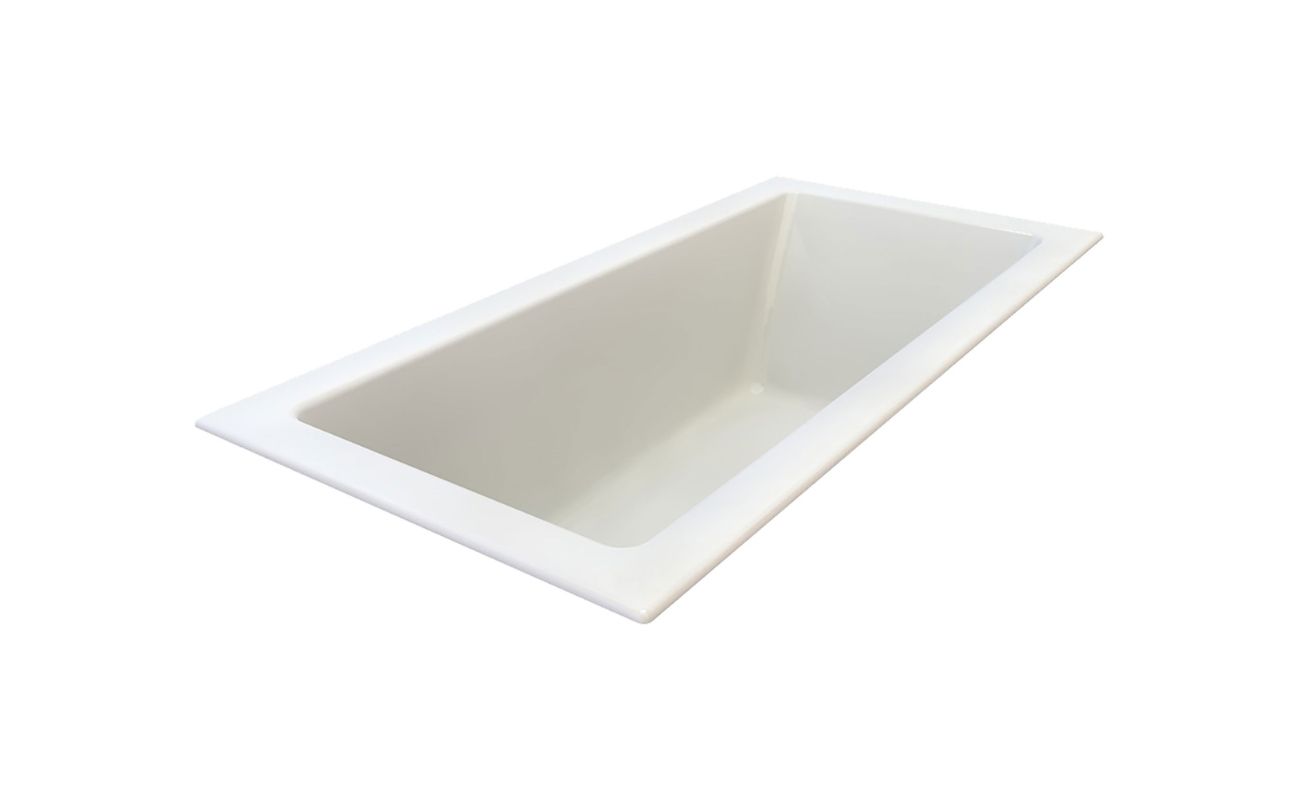
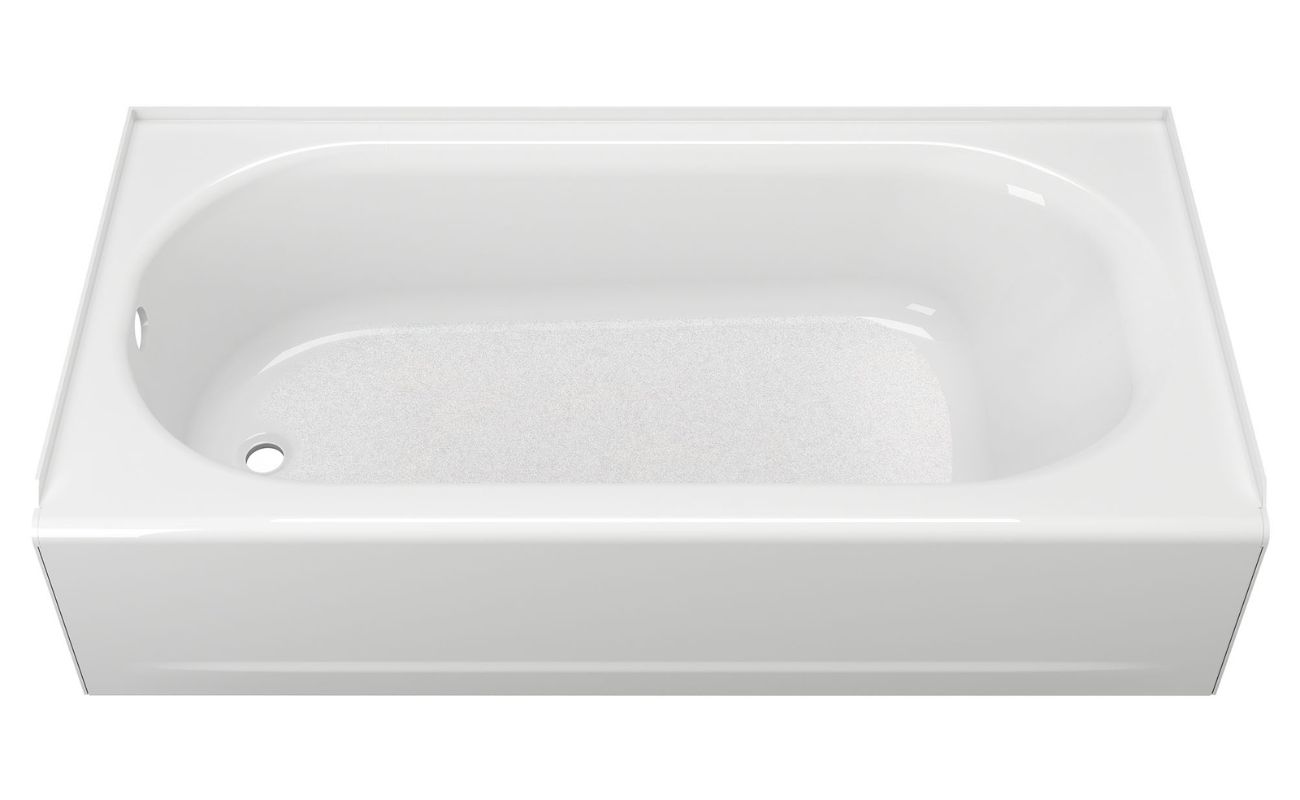
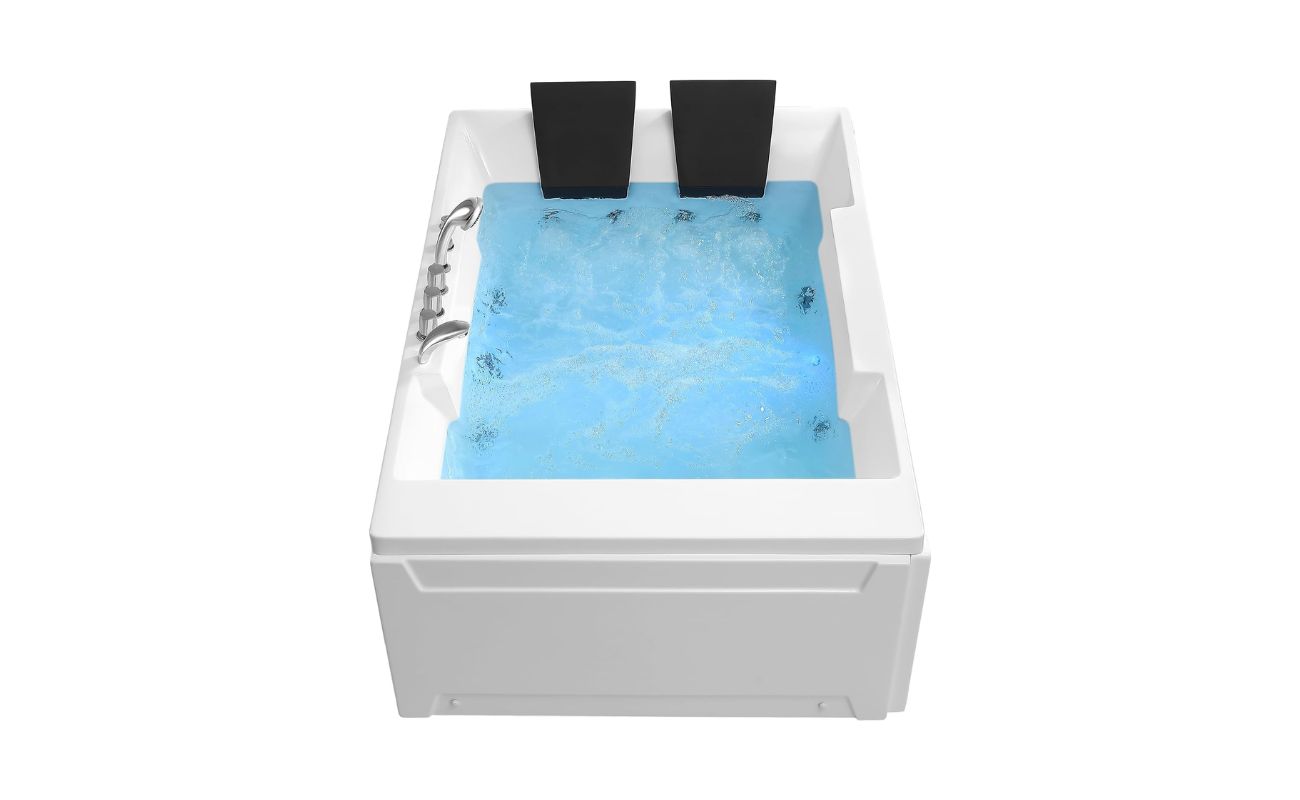
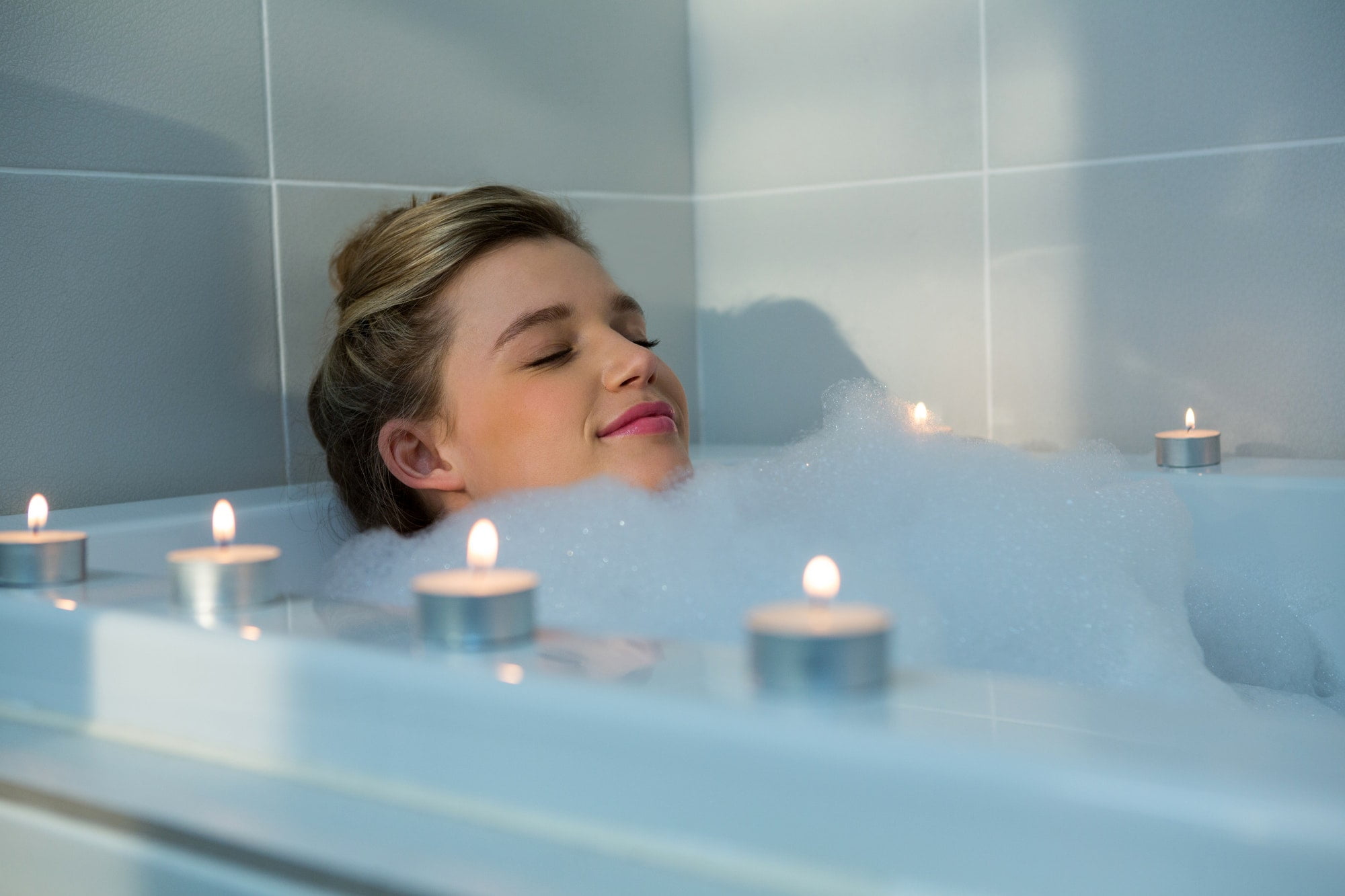
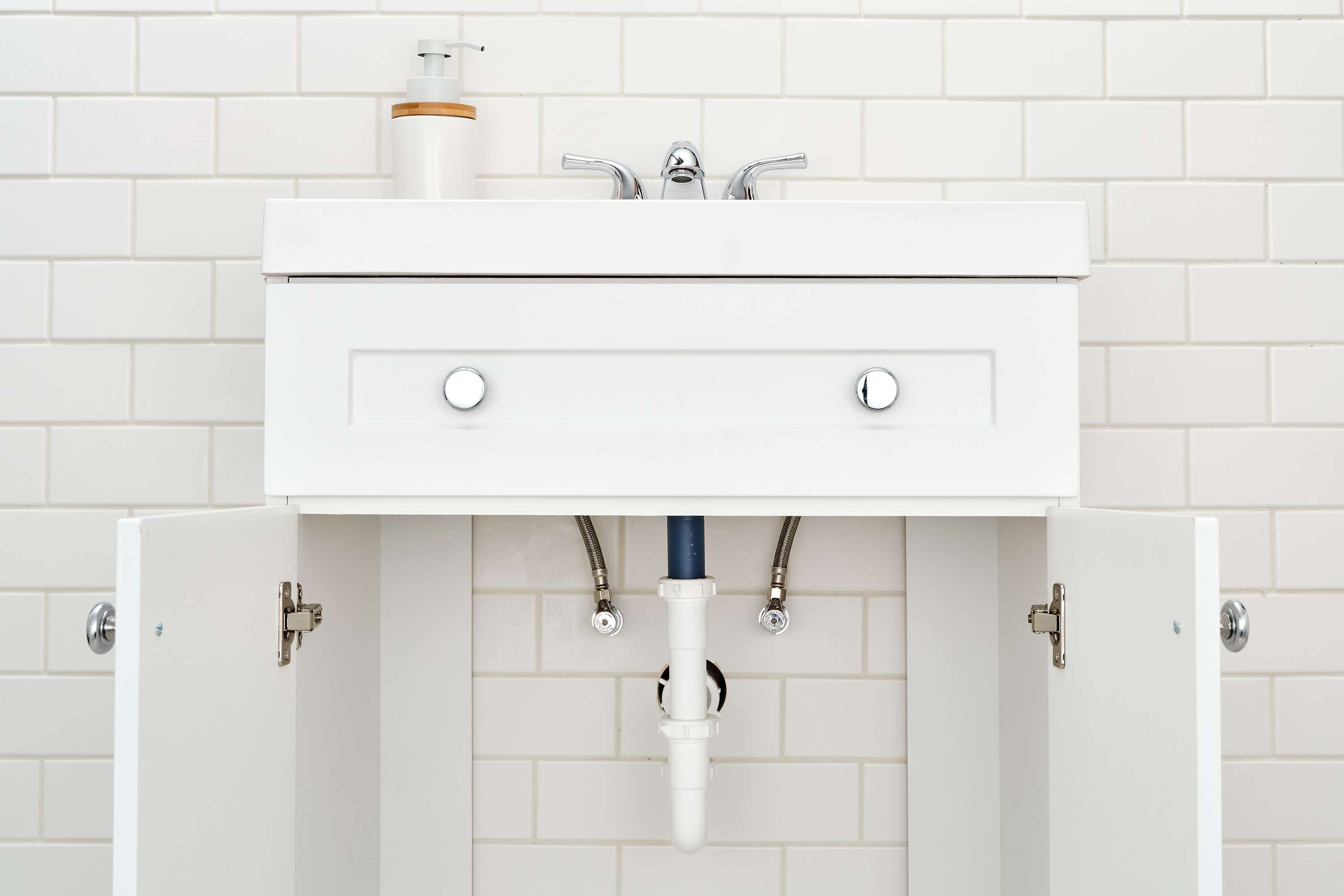
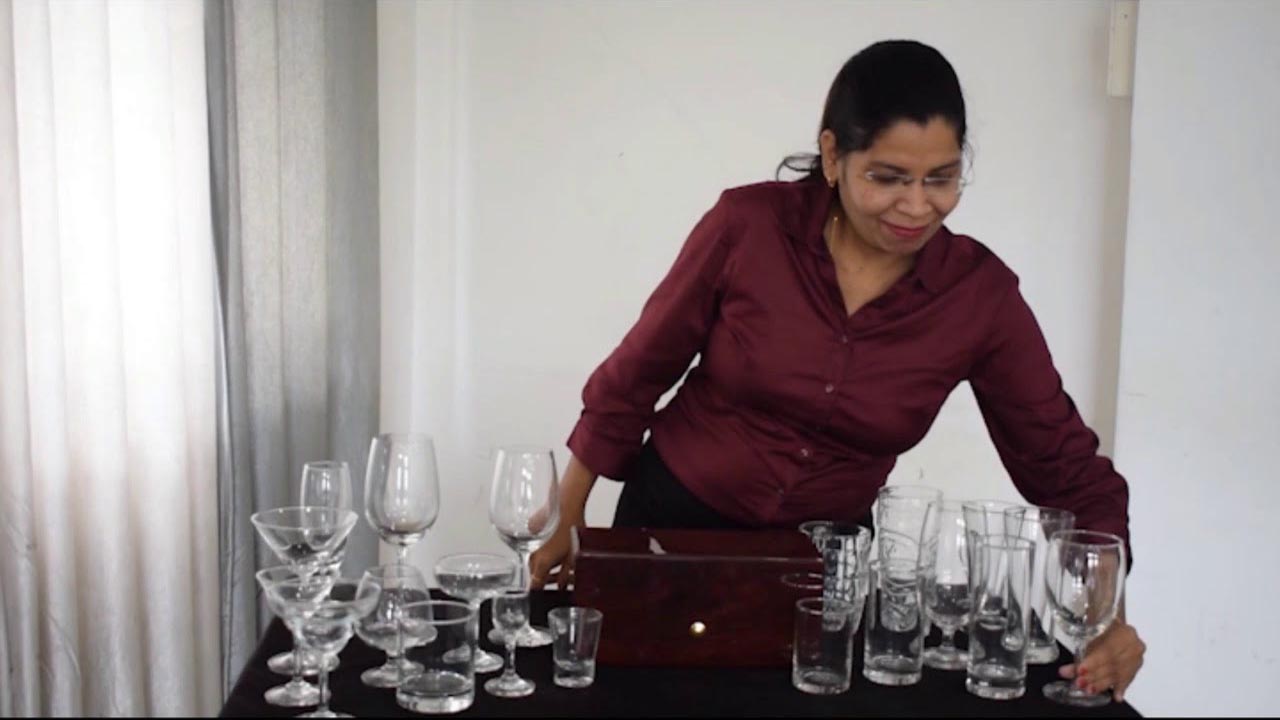
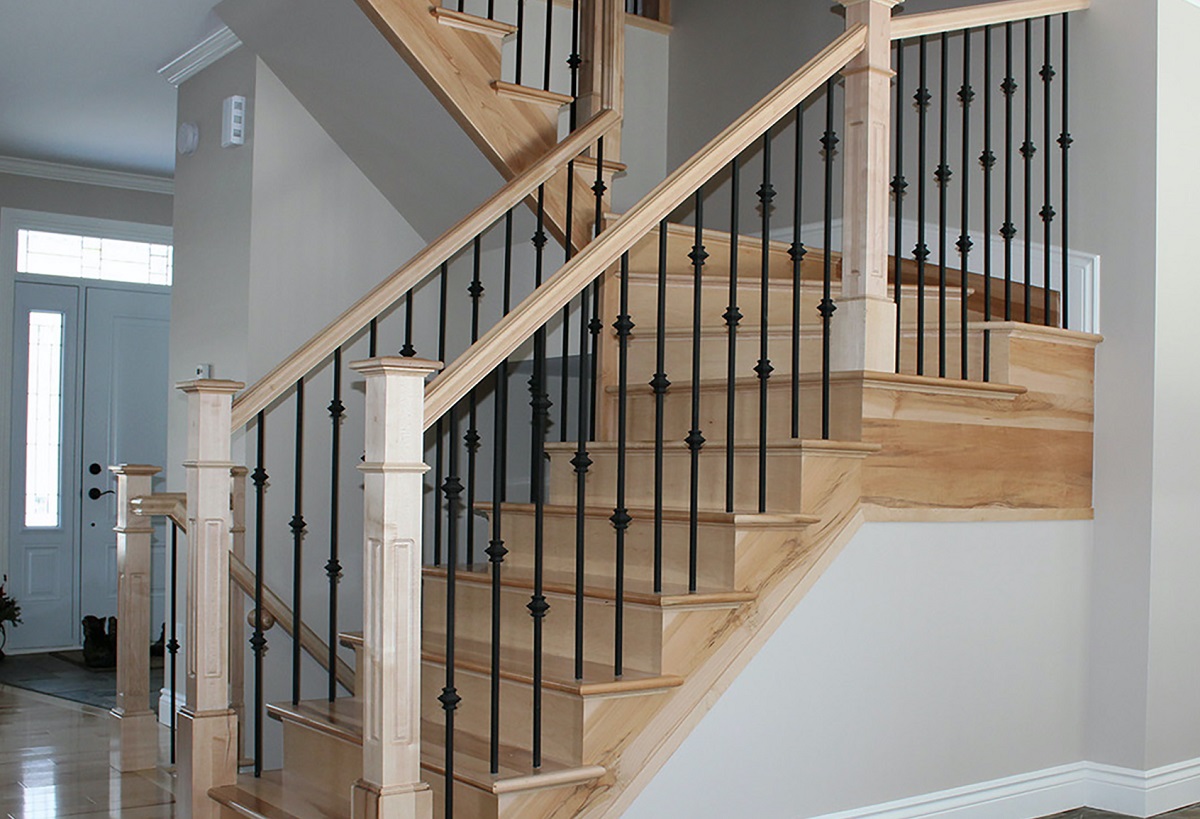
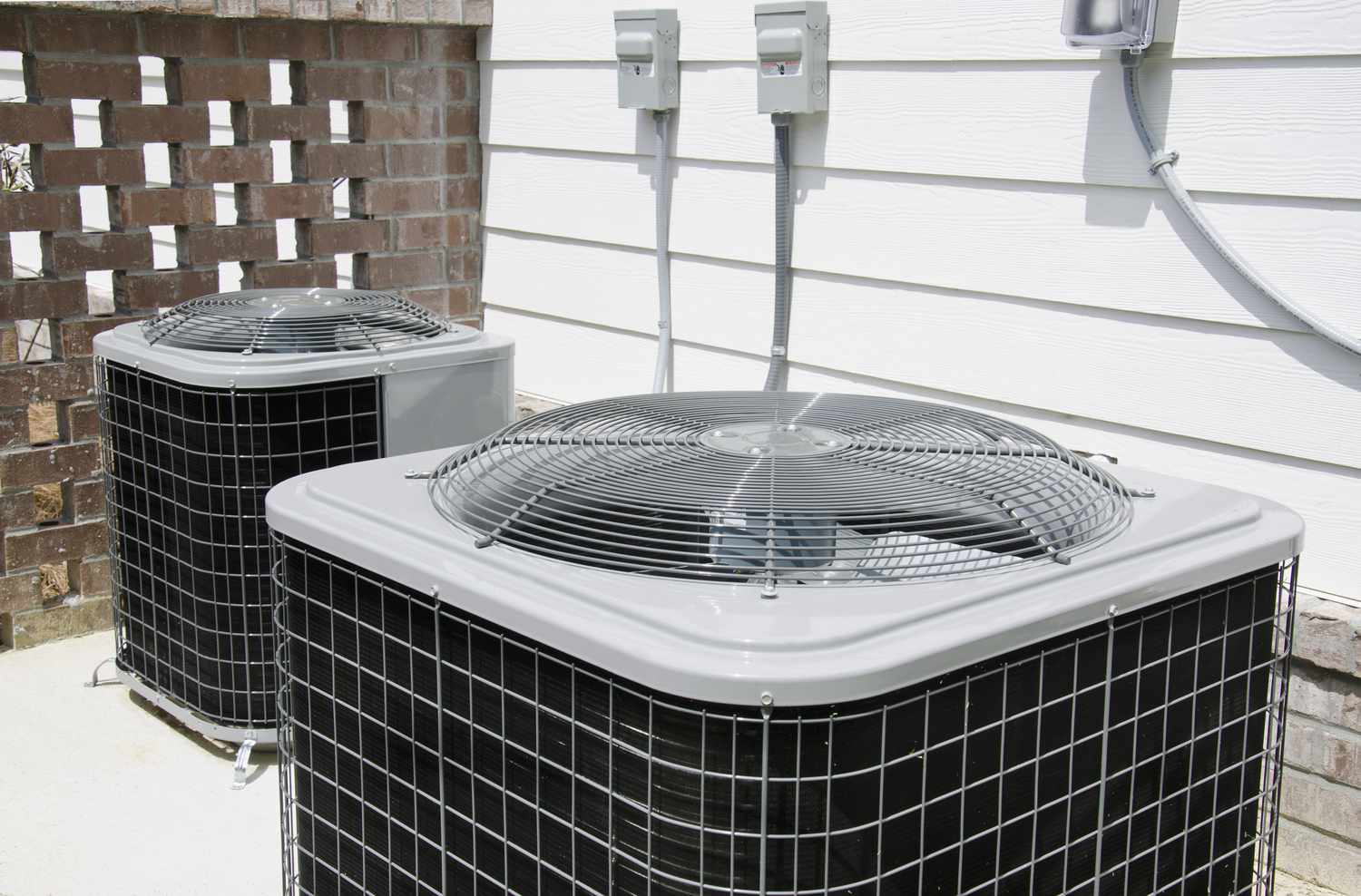
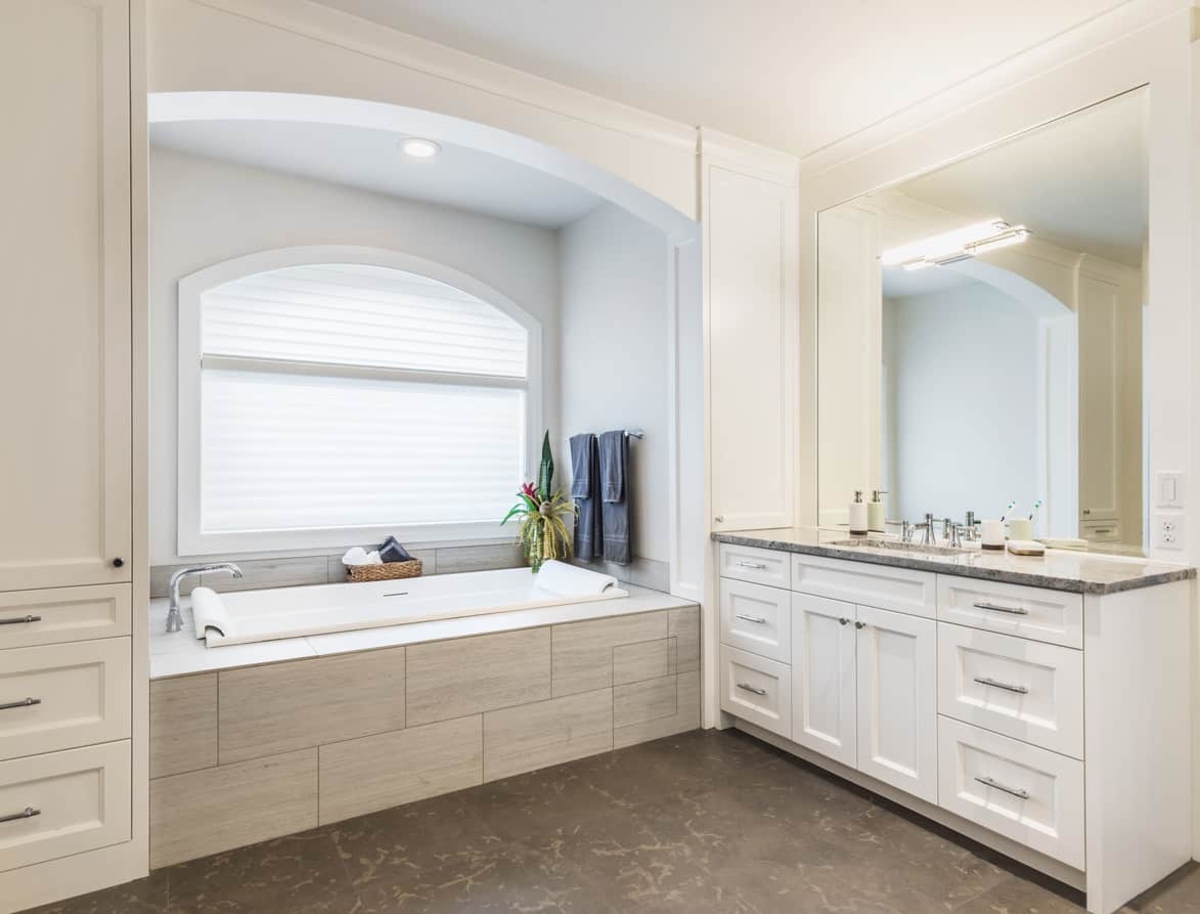
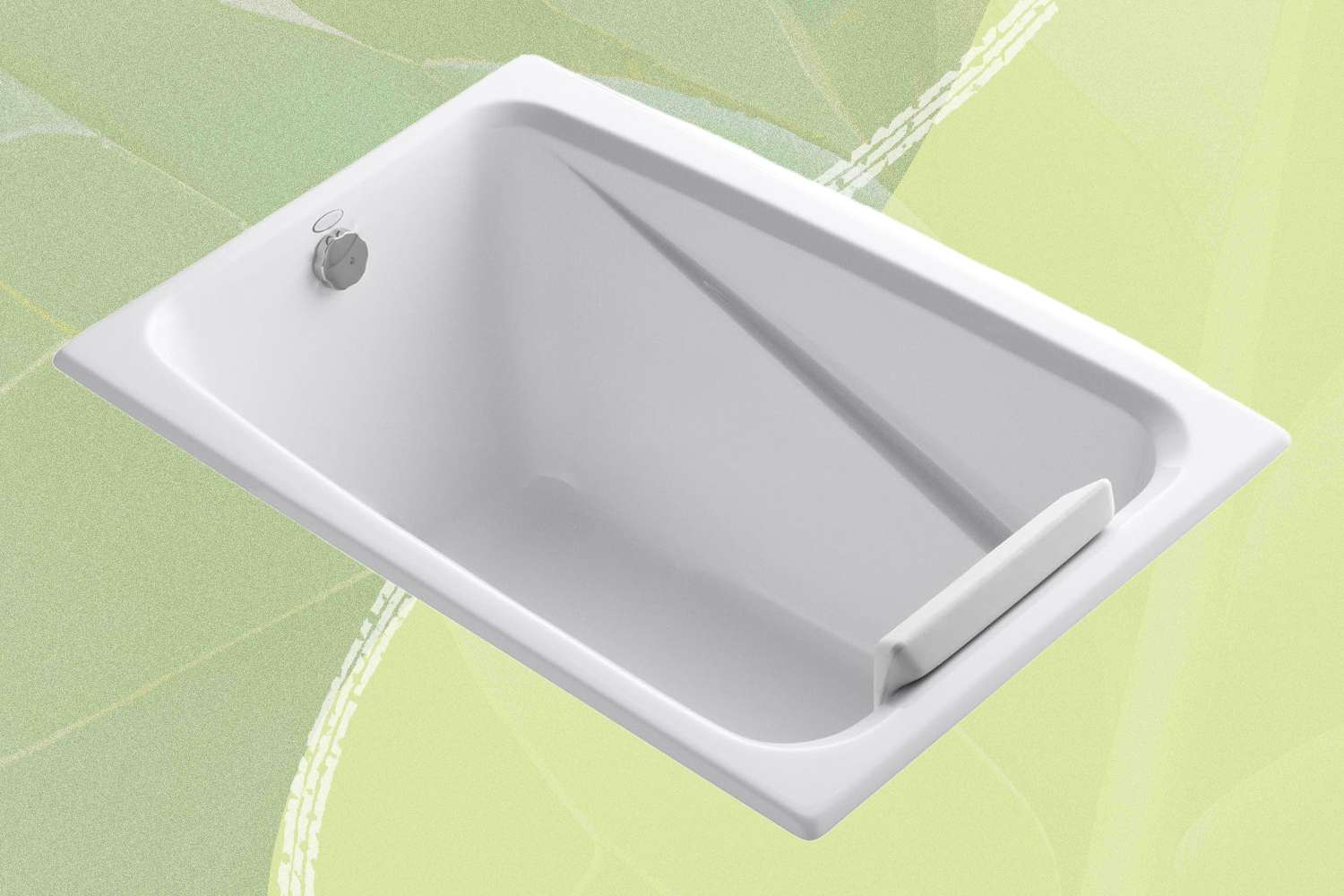

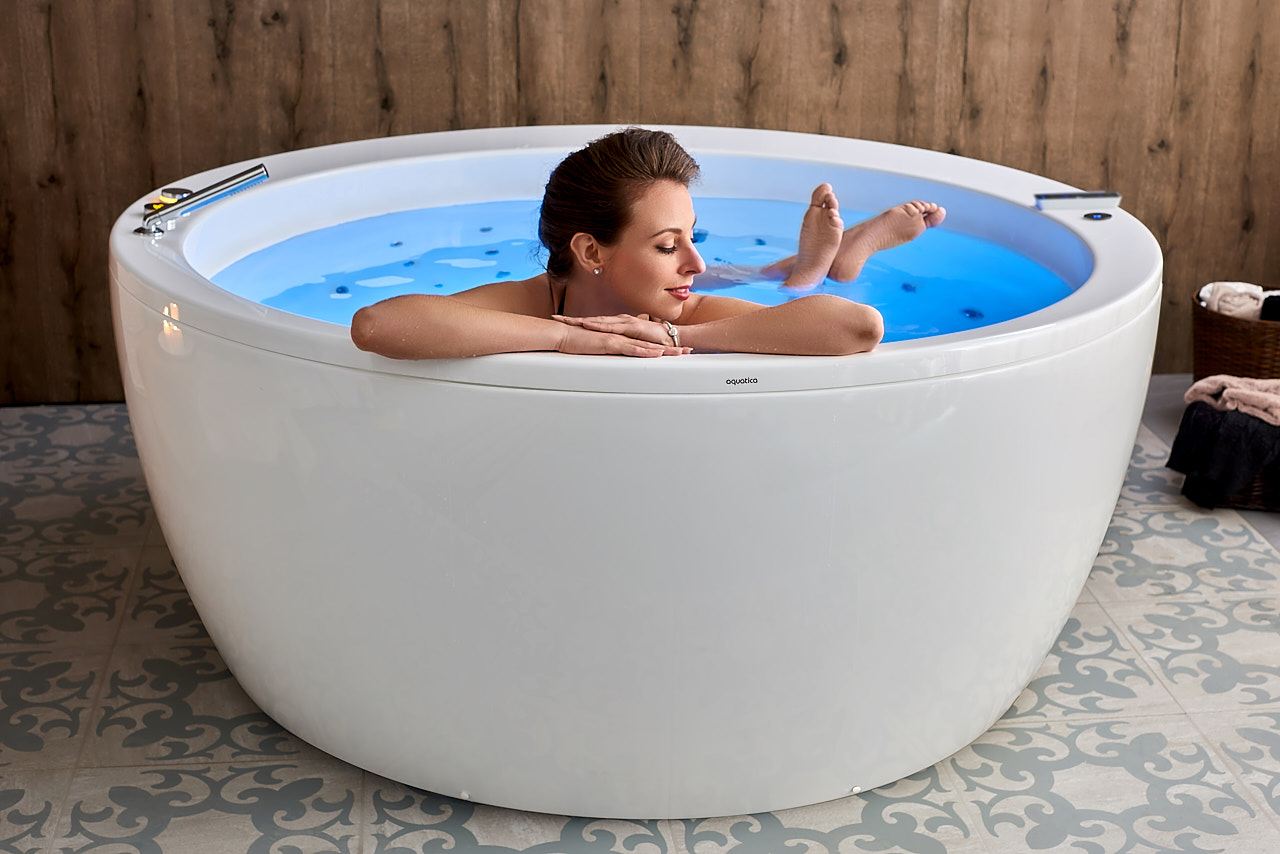
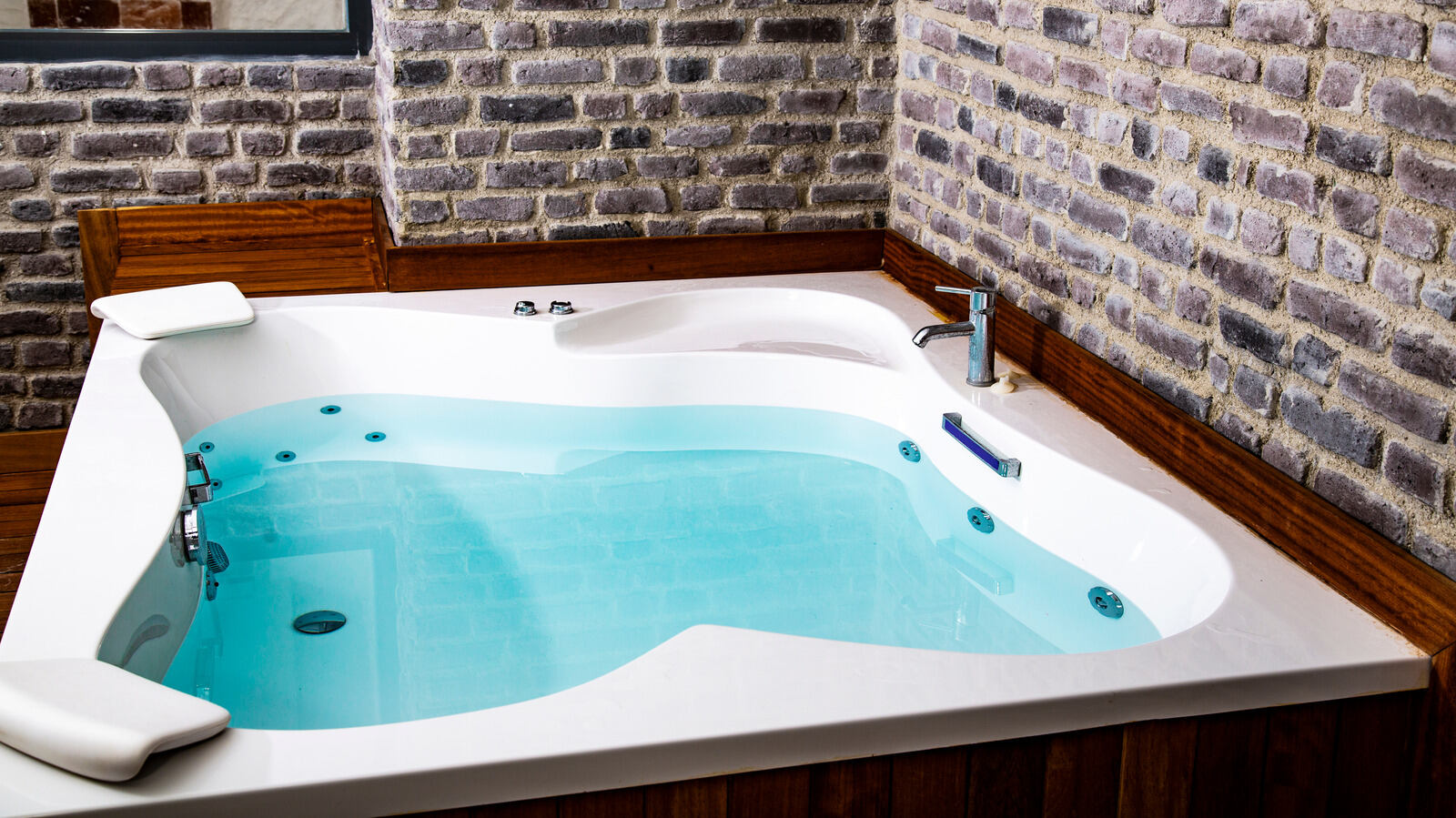
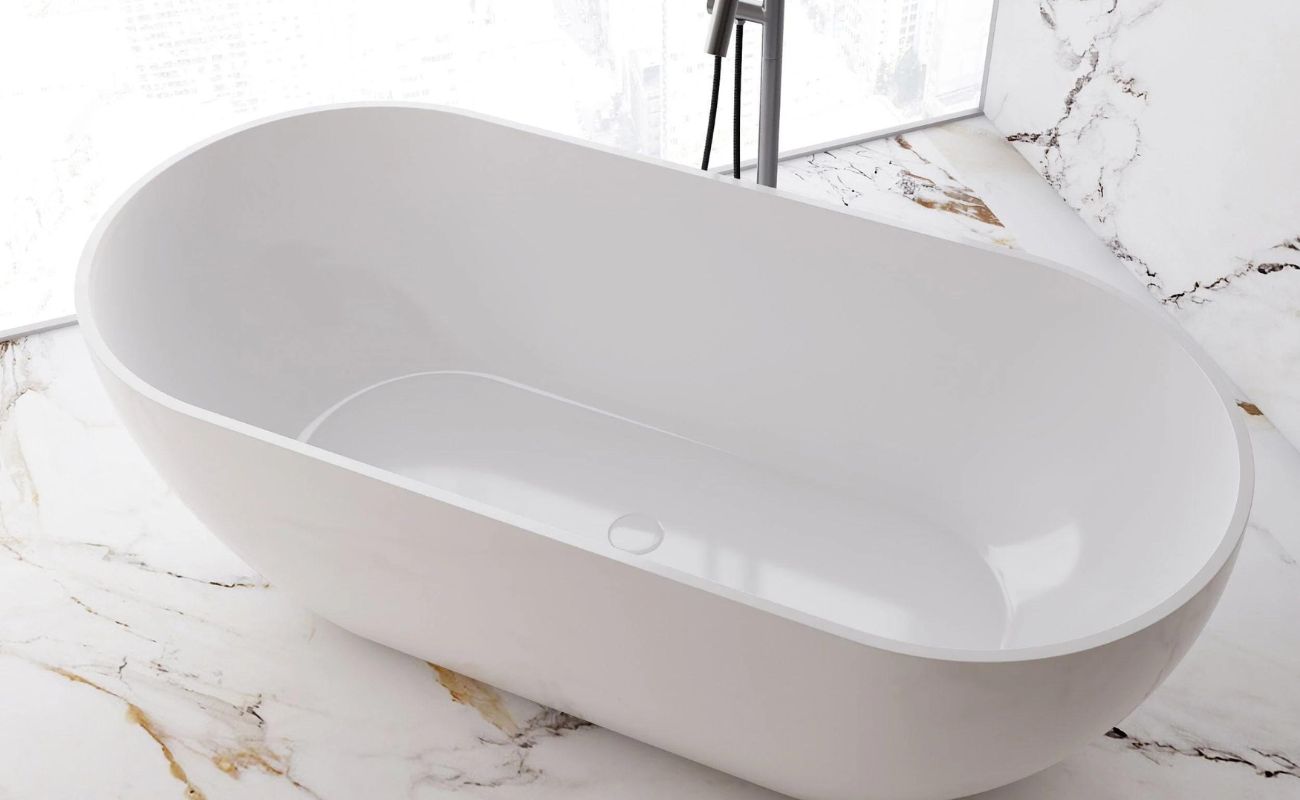

0 thoughts on “What Are The Parts Of A Bathtub”